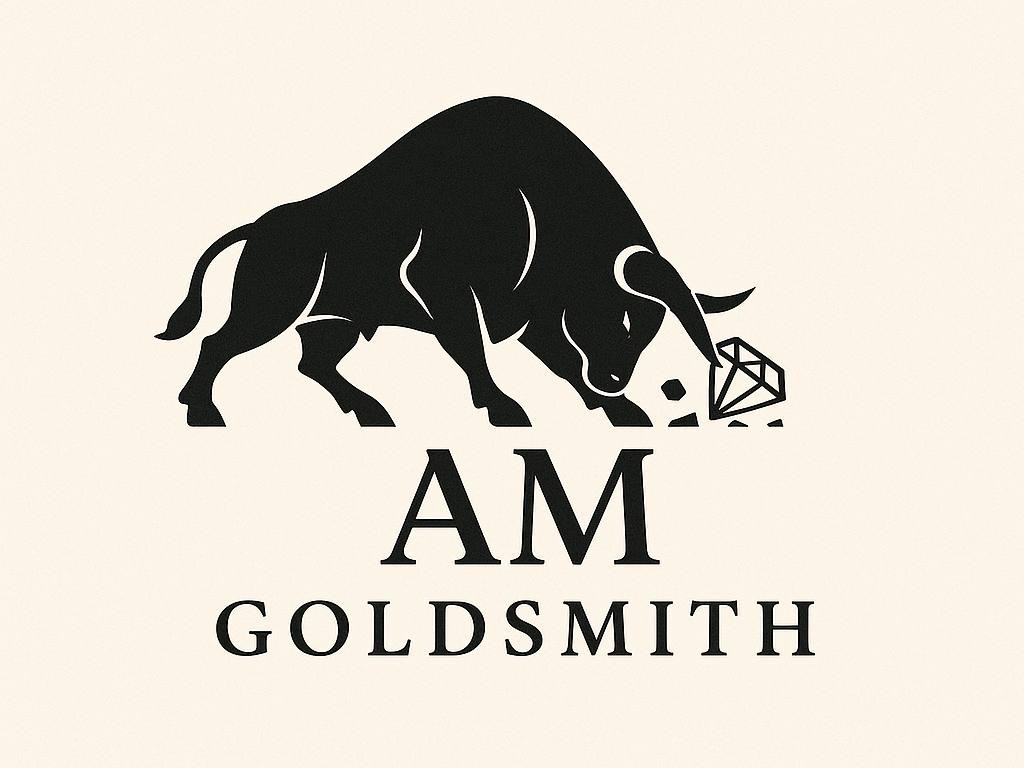Receiving a debt notice from the Canada Revenue Agency (CRA) is a very serious situation that requires immediate and thoughtful action. The main rule: do not ignore this correspondence. The CRA has much broader powers than banks or private lenders — the agency can garnish wages, freeze bank accounts, and seize property even without a court order.
Quick, organized action gives you a chance to avoid the most painful consequences — frozen accounts, seizures, and pressure. Below is a step-by-step guide with real tools available in Calgary.
Understanding the types of notices from the CRA
Notice of Assessment (NOA):
- Standard notice after filing a return.
- Contains the result of processing: payable, refundable, or “0.”
- Does not mean a problem with debt (it is a “receipt” for the receipt of the return).
Notice of Collection:
- Sent only to debtors who have ignored previous reminders.
- Gives the CRA grounds for enforcement measures.
- Requires your immediate action!
Typical timeline:
- Day 0: received NOA
- Days 1-90: “protected” period — CRA has no right to enforce collection
- Day 91+: collection actions up to seizure are possible (exception — you filed a Notice of Objection)
First steps after receiving the notice
- Contact the CRA immediately
- Personal taxes: 1-800-959-8281
- Business taxes: 1-800-959-5525
- If the letter contains the contact details of a specific officer, call them directly
- Office hours: Mon–Fri 8:00 a.m.–8:00 p.m., Sat 9:00 a.m.–5:00 p.m.
Before calling, have the following information ready:

- Your SIN or Business Number
- Full name, date of birth, address
- Notice of Assessment (paper or electronic My Account)
- Have your financial information handy
- Assess your financial situation
- Make a detailed list of your income/expenses (template: “Monthly Net Income and Expense Worksheet” from CRA)
- Calculate how much you can actually pay each month
- Cut back on expenses
- Temporarily cancel unnecessary subscriptions
- Review your entertainment and dining out expenses
- Consider whether it makes sense to use some of your savings (CRA interest rates may be higher than TFSA returns, etc.)
Options for resolving your debt
A. Payment Arrangements:
- This is an informal agreement with the CRA for a clear schedule of partial payments.
- How to arrange:
- Through My Account/MBA — select the “Pay by pre-authorized debit” section
- By phone: TeleArrangement Service (1-866-256-1147) or Debt Management Call Center (1-888-863-8657)
- The CRA expects payment within 12–18 months, but sometimes agrees to slightly longer terms
- You will often be asked to provide financial information and bank statements
Tips:
- Do not offer unrealistic payment amounts!
- All returns must be filed — even if they are late
- Always record (in brief) all agreements in writing/email
B. Taxpayer Relief Application (form RC4288):
- Can be submitted to cancel penalties/interest if the debt arose due to:
- Serious illness in the family, accident, death
- Natural disaster
- Significant financial hardship
- Error or delay on the part of the CRA
- Required:
- Complete and submit RC4288
- Include medical certificates, financial statements, letters from the CRA
- All of this must be submitted no later than 10 years from the year the debt arose
C. Notice of Objection (appeal of the amount of debt):
- File an appeal if the CRA has calculated incorrectly, failed to take expenses into account, or you disagree with the penalties
- 90 days from the date of the NOA — strict deadline!
- Submit via My Account/MBA or on paper (form T400A)
- Include the following with your letter of evidence:
- Arguments and facts
- All supporting documents
- References to laws/regulations (optional)
What the CRA can do if you don't pay
-
Wage garnishment (seizure of wages):
 Astropsychologist
Astropsychologist -
Up to 50% of net wages (employee)
-
Up to 100% of income (self-employed/contractor)
-
Protection applies in Alberta: the first $800/month is not taken, and protection increases for dependents
-
Bank account freeze:
-
CRA sends a “Requirement to Pay” to the bank — the account is frozen without warning
-
All funds may be used to repay the debt
-
Seizure of property, accounts receivable:
-
Customers are required to pay CRA, not you
 AM Goldsmith
AM Goldsmith -
CRA may file a claim for seizure and sale of property
How to urgently protect yourself from collection
-
Notice of Intention (NOI) to Make a Proposal:
-
For serious financial difficulties — contact a Licensed Insolvency Trustee (LIT)
-
All CRA enforcement actions are frozen (legal stay of proceedings)
-
Time for restructuring
-
Not bankruptcy, but a responsible step!
 Ukrainian Mechanic
Ukrainian Mechanic -
Orderly Payment of Debts (OPD) — only in Alberta:
-
Consolidation of all debts, including taxes
-
Stop interest/collection, repayment plan up to 5 years
-
Available through Money Mentors, other agencies
Practical organization and local resources
- Keep all records: copies of letters, payment receipt numbers, names of agents, dates of conversations
- Local assistance:
- Calgary Legal Guidance
- Volunteer tax clinics (SAITSA, UCalgary students, Carya Calgary)
- Licensed Insolvency Trustees — in cases where the situation is very complex
Mistakes to avoid
- Do not react (“ostrich policy”)
- Do not wait until the last day (or later) to appeal
- Do not promise more than you can actually pay
- Do not confirm your words with documents
- Do not ignore phone calls and letters from the CRA
Conclusions and practical recommendations
- Act immediately — even if the amount of debt is shocking.
- Arrange payments — either through My Account or by phone/letter.
- Use mitigation and appeal mechanisms — it is likely that some of the debt can be cancelled.
- Keep records of everything — bureaucracy often works in favor of organized payers.
- Don't be afraid to seek help — tax advisors, LIT, and free clinics in Calgary are always available to help you sort things out.
Receiving a debt notice is not the end of your financial story, but a chance to resolve everything quickly and without loss!